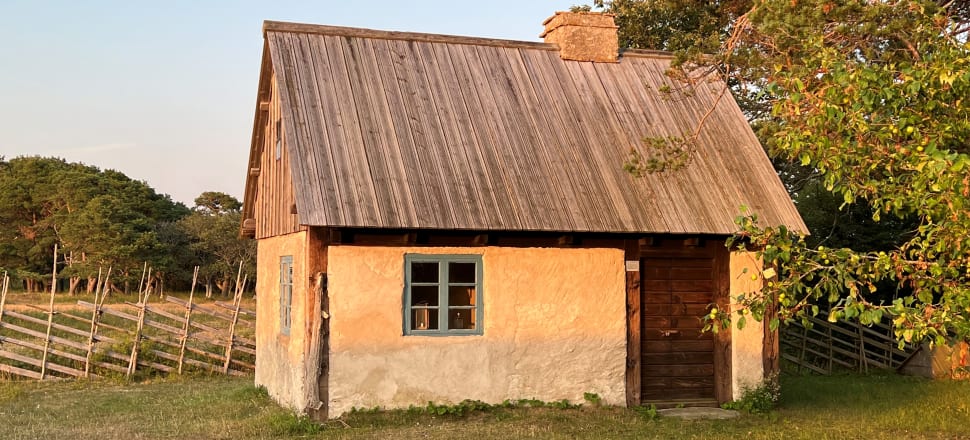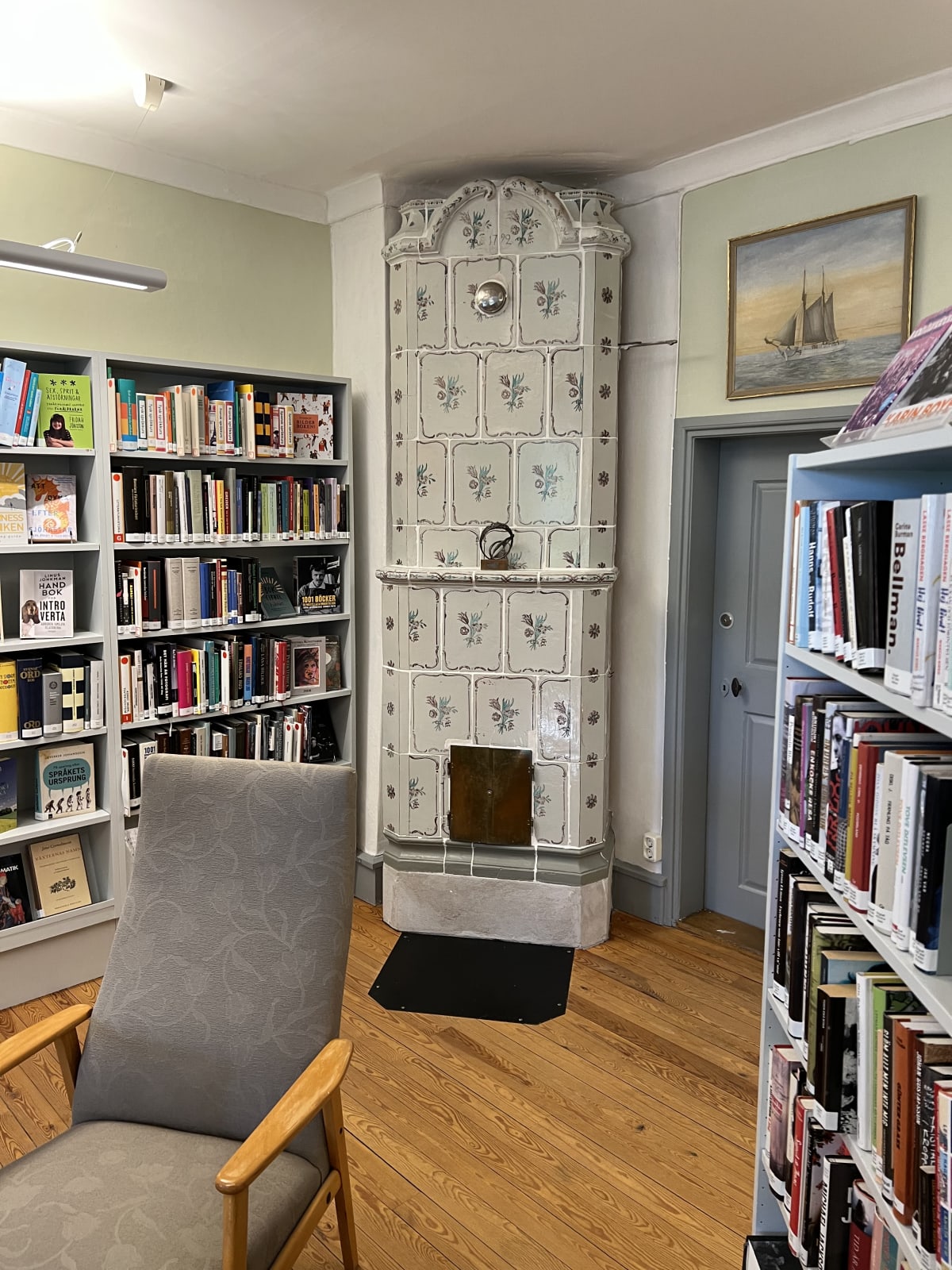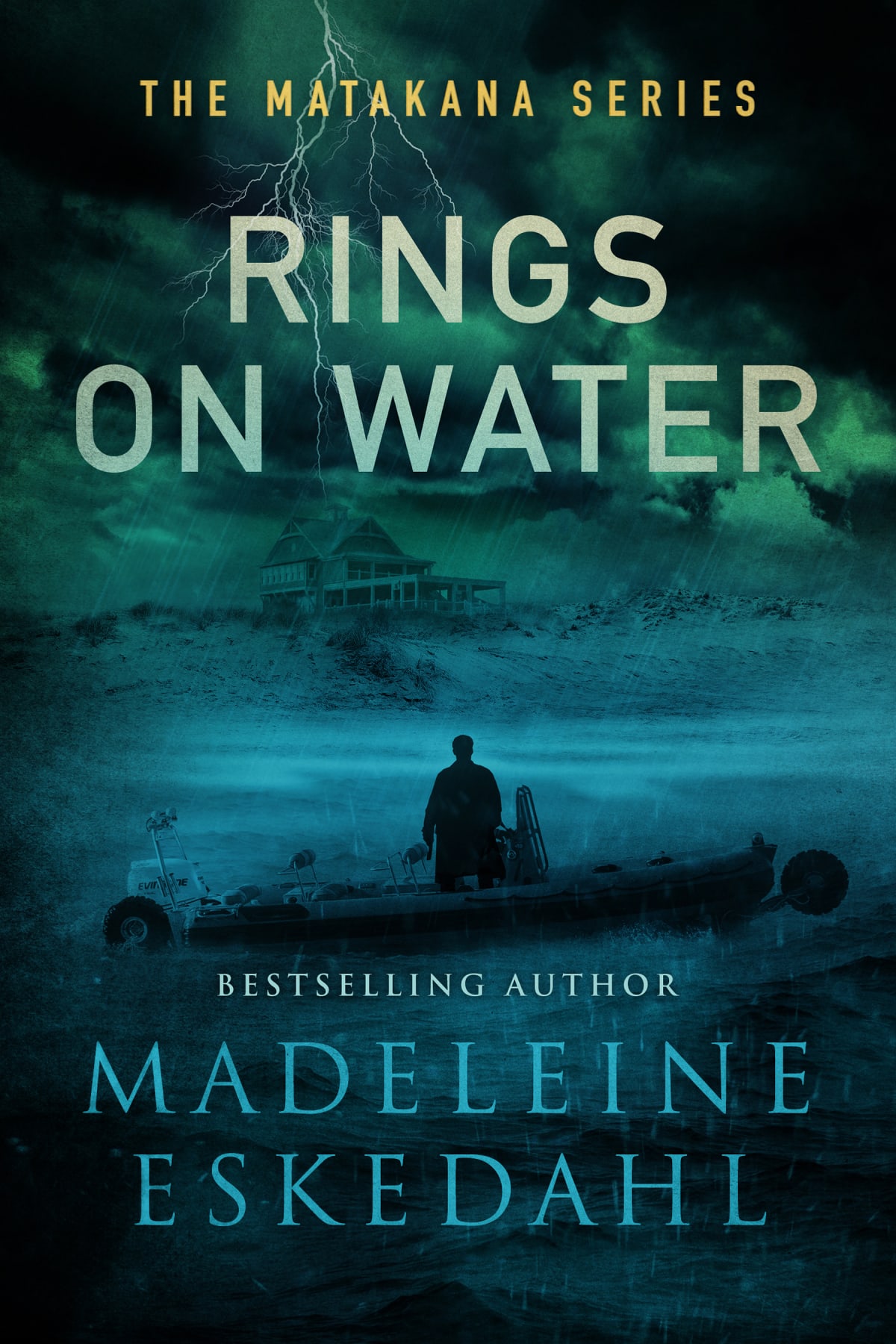
A photoessay by a Matakana crime writer who was raised on a strange, godforsaken rock in the Baltic
I was born and grew up on the limestone island of Gotland in the Baltic Sea. It's 90 kilometres to the east of the Swedish mainland and approximately 130 kilometres to the west of the Baltic States of Latvia, Estonia and Lithuania.
Winters can be very bleak. In the warmer months, wild flowers cover the island, and the coastline is punctuated with sandy beaches mixed with a dramatic stone-covered shore that is scattered with large, naturally formed sculptural rock formations, “Raukar”.

There are vast pine forests, and windswept coasts. There are Viking burial grounds in the shape of long boats and fortified settlements, and the countryside is scattered with the traditional whitewashed stone houses.
Buildings in the main town of Visby date back to the 13th century. The substantial medieval wall built around the town leads down narrow cobbled stone lanes to a busy port.

From around 800 to 1150, Gotland was a Viking trading post. Some of their accumulated riches have been unearthed: more than 700 silver hoards, and 180,000 coins.
Other Viking remnants are the many runestones and picture stones. These were mostly raised as memorials to dead relatives, placed along roads where they could be seen by passers-by. Tbe stones are illustrated with whirling discs, serpents, and horsemen.

The winters on the island can be long and extremely cold. I remember walking to school in the dark, and finishing at three, going home in the dark.
Every winter, my father made us our own ice-skating rink in the back garden as soon as it got cold enough. He framed up the area with timber planks, then watered the ground and let it freeze overnight. This process was repeated for about a week until the surface was not only thick enough but smooth. He also built us igloos when the snow conditions were right.
My biggest influence as a child and young adult was my wonderful Mormor, my maternal grandmother. One of our favourite things to do was to visit the village library, Klintehamns Bibliotek, a stone building from 1780. You step through the original wooden doors with large ornate metal hinges and walk upstairs on the wide, well-worn stone slabs to a smooth and slightly bowed timber floor. Almost every room has a tiled fireplace.

Our family made an unexpected midlife sea-change – and I now live in Matakana wine country, the setting of my series of crime novels.
In the latest, Rings On Water, local policeman Bill Granger is back, this time with South Auckland Constable Niko Sopoaga working alongside him. A young woman is found dead at a beach. What seems to be a straightforward case of an unfortunate death rapidly turns into a complex web of small-town secrets and a desire for revenge. Bill falls into the dark and dangerous world of drug distribution and a hardened motorcycle gang wreaking havoc while they chase a clever killer.
I very much remain an islander at heart. Living by the beach brings me back to my childhood on Gotland. What I love most of all is the salt and the fresh air across my nose, regardless of the weather.
Rings on Water by Madeleine Eskedahl (Matheson Bay Press, $36.99) is available in bookstores nationwide.








